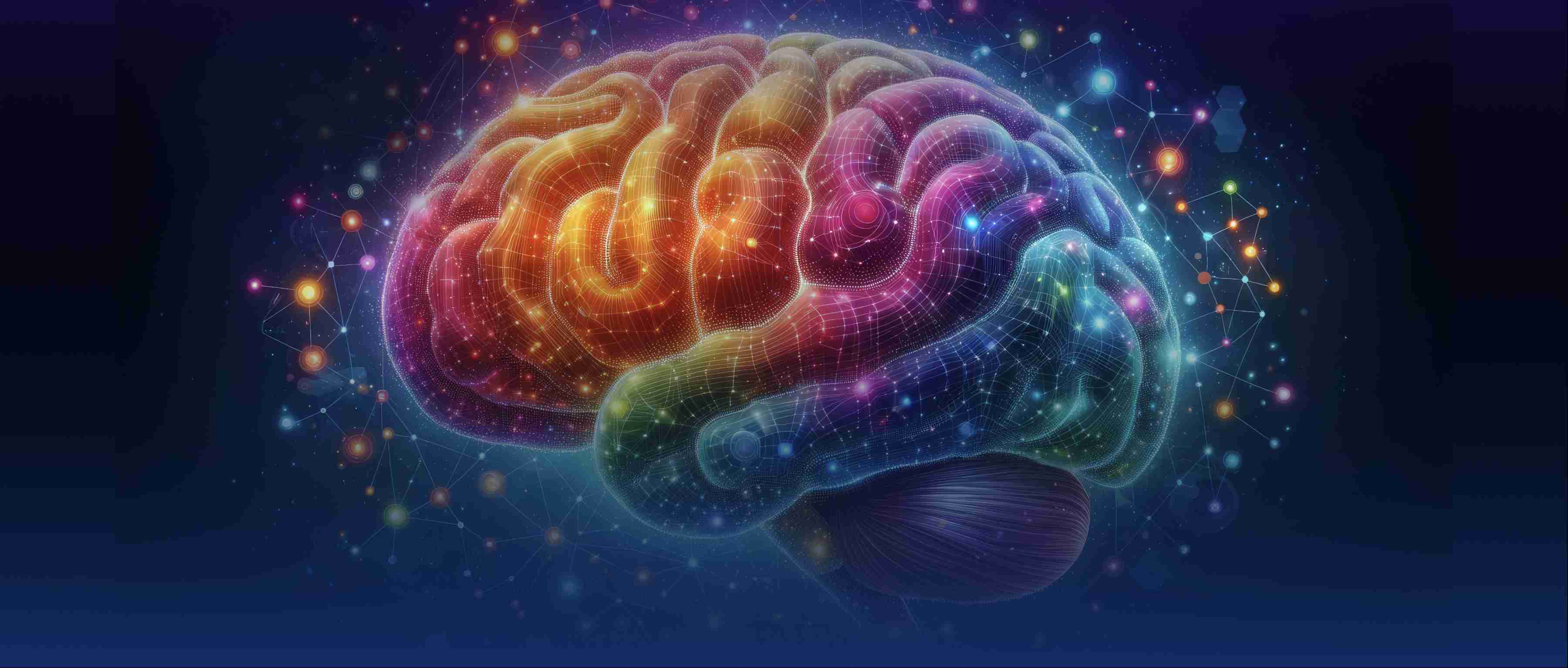Dependency parsing is a syntactic analysis task that determines the grammatical structure of a sentence by identifying relationships (dependencies) between words. It represents these relationships as a directed graph, where words are nodes, and dependencies are edges. For example, in the sentence "The cat sleeps," dependency parsing identifies "sleeps" as the root (main verb) and links "cat" as the subject of "sleeps."
Dependency parsing is essential for understanding sentence structure and is widely used in tasks like machine translation, question answering, and text summarization. It helps models capture syntactic relationships that are critical for semantic interpretation. For example, parsing resolves ambiguities in sentences like "He saw the man with the telescope" by showing whether "with the telescope" modifies "saw" or "the man."
Traditional parsers use algorithms like shift-reduce parsing or graph-based methods. Modern approaches leverage deep learning and transformer models, achieving higher accuracy and robustness, especially for complex languages. Dependency parsing tools, such as spaCy and Stanford CoreNLP, provide pre-trained models for various languages. Combining dependency parsing with semantic analysis enables NLP systems to generate more accurate and contextually appropriate outputs.
